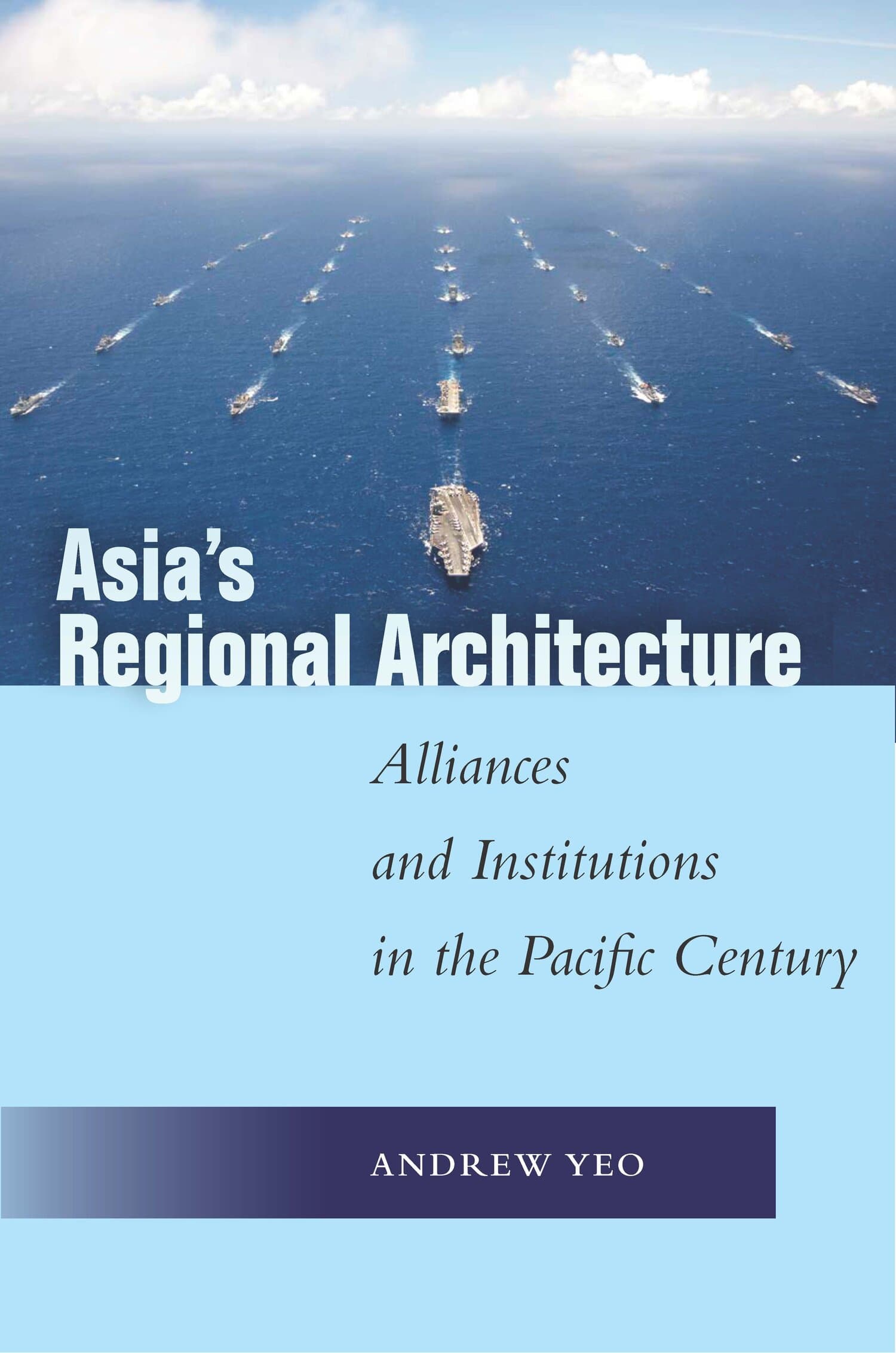Strategy in Asia

Some of the United States' greatest challenges over the coming decades are likely to emanate from the Asia-Pacific region. China and India are rising and Militant Islam continues to take root in Pakistan, while nuclear proliferation threatens to continue in fits and starts. If America is to meet these challenges comprehensively, strategists will have to learn more about Asia, and Asian scholars, policymakers, and analysts will need to understand better the enduring and timeless principles of strategy.
Based on the premise therefore that the increasing strategic weight of the Asia-Pacific region warrants greater attention from both scholars and practitioners alike, Strategy in Asia: The Past, Present, and Future of Regional Security aims to marry the fields of strategic studies and Asian studies in order to help academics and practitioners to begin addressing these challenges. The book uses the lenses of geography, culture, and economics to examine in depth the strategic context that Asia presents to the major nations of the region—including the U.S. as a Pacific nation—and the strategic scenarios that may well play out in the region in the near future. Specific attention is paid to Asia as a warfighting environment, and to the warfighting traditions and current postures of the major nations.
"This short volume on a very large subject might best be thought of as the Pacific Pivot Primer. Readers without extensive practical military planning or academic experience in this subject would do well to start their regional familiarization with this book . . . [T]he editors render good service in compiling a worthwhile series of essays outlining the challenges to American strategy in the Pacific . . . While this Pacific Pivot Primer is well suited for officers headed for U.S. Pacific Command for the first time, it is also useful to the 'old hands' in that it helps to articulate those pressing strategic questions necessary in formulating—and executing—American strategy in this critical part of the world."—Col. Eric M. Walters, Military Review
"The most interesting chapters in this collection reflect on how geography affects the war-fighting options of Asian states."—Andrew J. Nathan, Foreign Affairs
"This is a uniquely successful exploration of East Asia through the dual lens of strategic studies and Asian regional studies. An all-star cast of experts from both disciplines have written short but compelling essays on every facet of Asian security strategy. A valuable contribution; kudos to Mahnken and Blumenthal."—RADM Michael McDevitt, USN (Ret.), Senior Fellow, CNA Corporation
"A new generation of strategic thinkers, focused on Asia, is emerging, and they are brilliantly represented in this volume. The issues are very different from those that engaged their predecessors: the focus here on maritime issues and strategy requires knowledge, and ways of thinking, that go beyond familiarity with a region whose dynamics are very different than those of Europe. A superb, and—unusually for an edited volume—a coherent work, which deserves reading by student, scholar, and practitioner alike."—Eliot A. Cohen, Robert E. Osgood Professor of Strategic Studies, Paul H. Nitze School of Advanced International Studies, Johns Hopkins University
"Strategy in Asia should be at the top of the list for anyone thinking about Asia's future. Policy makers, Asia scholars and others with an interest in that important region will find its unique blending of strategic and Asian studies timely, relevant, thought-provoking and useful."—Gary Roughead, Admiral, U. S. Navy (Retired), Former Chief of Naval Operations
"The volume is a great introductory primer for those interested in applying strategic studies to the Asian context...Comprised of 14 chapters and 6 maps, the volume opens windows into the key lenses of strategic studies namely, history, geography and politics, and secondarily, culture and economics."—Donovan C. Chau, Asian Politics and Policy




